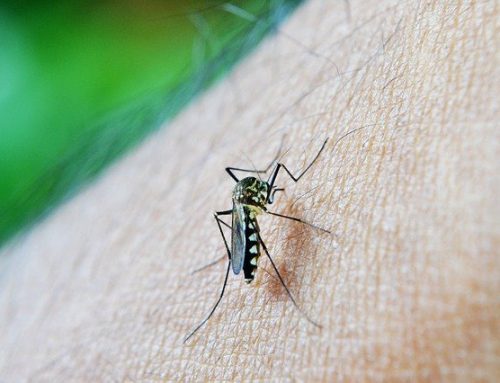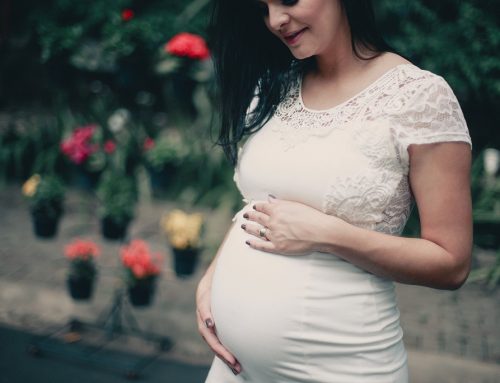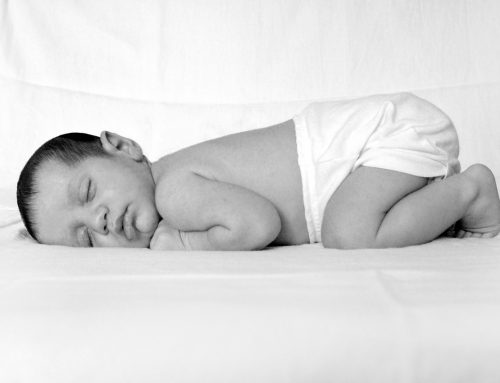The arrival of your newborn brings many joys and challenges. Infant care involves feeding, burping, rocking, massaging, bathing, etc. First-time parents often seem to be confused about adopting traditional vs modern ways towards childcare. One such dichotomy for Indian parents is how to bathe a newborn – to go for Indian baby bath on legs or use a baby bathtub.
This post discusses bathing a baby ….. the traditional way, on the legs. And how the Indian baby bath on legs is a fun, safe and sustainable.
Fears about Indian style baby bath
Newborn babies have delicate head & the spinal cord needs right support in the initial weeks. First-time parents are often scared to pick up their newborn. When it comes to bathing an infant, parents often worry about water accidentally entering the baby’s mouth, ears or nose. So parents want to invest in a “baby” bathtub or find a safe option to bathe their baby.
The traditional Indian style of baby bath, on the legs, is a safe & fun way to bathe a baby. It has been practised over generations, parents fear to opt for it. Mainly they worry about:
- Water going into ears, mouth & nose
- Getting up with the baby after bath
- Baby slipping from the legs
- Only Maalishwali can bath baby on legs
- Hygiene
Top 10 reasons to choose Indian style baby bath on legs
Traditional Indian baby bath on the legs is tried & tested for generations. It has the following advantages:
- The bathing position ensures water flows down avoiding water entering nose, ears or mouth
- With baby ensconced on stretched legs chances of baby slipping are negligible
- Hygienic compared to a bathtub filled with soapy/standing water
- Zero hassle of maintaining the cleanliness of baby bathtub
- Good stretching exercise for a mother who bathes baby on stretched legs
- Safe bathing technique from baby’s first bath till baby can sit/stand for bathing
- Economical & eco-friendly compared to the bathtub; requires lesser water & existing items
- Provides ample skin to skin contact during bathing, crucial for a newborn
- Easier to clean mess if baby pees, poops or vomits during bath
- Relaxing & calming for the baby
Traditionally a Maalishwali/Daai or baby’s grandmother gave a bath to the baby on legs. But even parents can easily bathe baby on the legs. In fact, it is an excellent opportunity to provide skin to skin to the baby and bond with the baby.
Frankly, bathing a newborn baby on legs requires no additional gear, is safe, easy, and a great way to bond.
How to bathe baby on legs in Indian style
 An oil massage often precedes the traditional Indian baby bath. Parents/grandparents or Maalishwali can massage baby gently with oil. A bath can be given immediately after the massage.
An oil massage often precedes the traditional Indian baby bath. Parents/grandparents or Maalishwali can massage baby gently with oil. A bath can be given immediately after the massage.
Ensure that all things required for bathing are easily accessible in the bathing area before sitting down for bath mainly water, tumbler, soap/shampoo, towel, low height stool (optional).
Ensure the bathing area is clean. The caregiver should clean their legs before giving a bath to the baby. Or place a clean towel/cloth to keep baby on legs.
Sit with legs stretched. Keep baby on the stretched legs, either between knees and ankle or on thighs. Pour water, apply soap and gently clean the baby. Keep baby face up or face down depending on which body part is being cleaned.
Useful tips for Indian baby bath on legs
As a new parent following tips may be helpful while bathing baby on legs:
- Gently sloping the legs to prevent water from going into ears, mouth and nose
- Cleaning face
- Cleaning scalp
Gently sloping the legs to prevent water from going into ears, mouth and nose
 When you keep the baby face-up on your legs, cross your legs at the ankle and stretch your toes away. Then keep baby’s head on the crossed feet and legs towards you. It ensures water poured on a baby cannot flow up towards the face.
When you keep the baby face-up on your legs, cross your legs at the ankle and stretch your toes away. Then keep baby’s head on the crossed feet and legs towards you. It ensures water poured on a baby cannot flow up towards the face.
You can also keep baby’s head on your thighs and legs towards your feet. It gives a natural slope and water poured on a baby’s body will not flow towards the face.
Or use a low height stool (a.k.a. Patla, used in most Indian households) to sit or keep it under your heels. It will create a gentle slope. Then keep baby on your legs ensuring baby’s face upslope.
Cleaning face
Initially if you are not confident to pour water on face, take water in palms or use wet fingers to clean baby’s face.
Cleaning scalp

Source: https://www.youtube.com/watch?v=Di1qkCDJt8c
To clean scalp, you can put the baby face down. That way when you pour water on the scalp, it flows down and does not enter the ears, mouth or nose. You can keep the baby on the legs or at 90 degrees on your thighs with face down.
If you want to clean scalp with baby facing up, stretch one palm and keep it right angle above baby’s eyebrows before pouring water on forehead/scalp. Water will flow down the temple avoiding mouth and nose.
Precautions during baby bath
While Indian baby bath on legs is a tried and tested technique, do follow these precautions when bathing your baby:
- A new mother with C-section to check with GYN when she can give baby bath on legs
- Maalishwali/parent bathing baby must clean legs or use a clean towel/cloth on legs
- Always check the water temperature before pouring on baby
- The bathing area must be skid-free; pour hot/warm water on the floor before bathing
- Clean the bathing area regularly
- Post bath get up carefully with the baby or have help to hold the baby while you get up
Also please remember the following about bathing a baby irrespective of the bathing technique:
- Baby’s first bath only after the umbilical cord falls off
- If bathing post feed, keep a 30-minute window to avoid regurgitation
Conclusion
Traditional Indian baby bath style on legs is passed down to us for generations. It is perfectly safe, comfortable, quick, and hygienic. It involves no additional gear avoiding investment in yet another baby product. Also, it is an excellent bonding-with-baby activity. A baby can be bathed on legs from his first bath till he can sit/stand for bathing.





Please try to post a video showing Indian style traditional baby bath for learning for new mom’s.
Hi Viharika! Thank you for your suggestion, will plan for it soon. In the meantime do check out our videos which may help new moms https://www.youtube.com/channel/UCkKhypoi-C8HoQT5hjINRvA